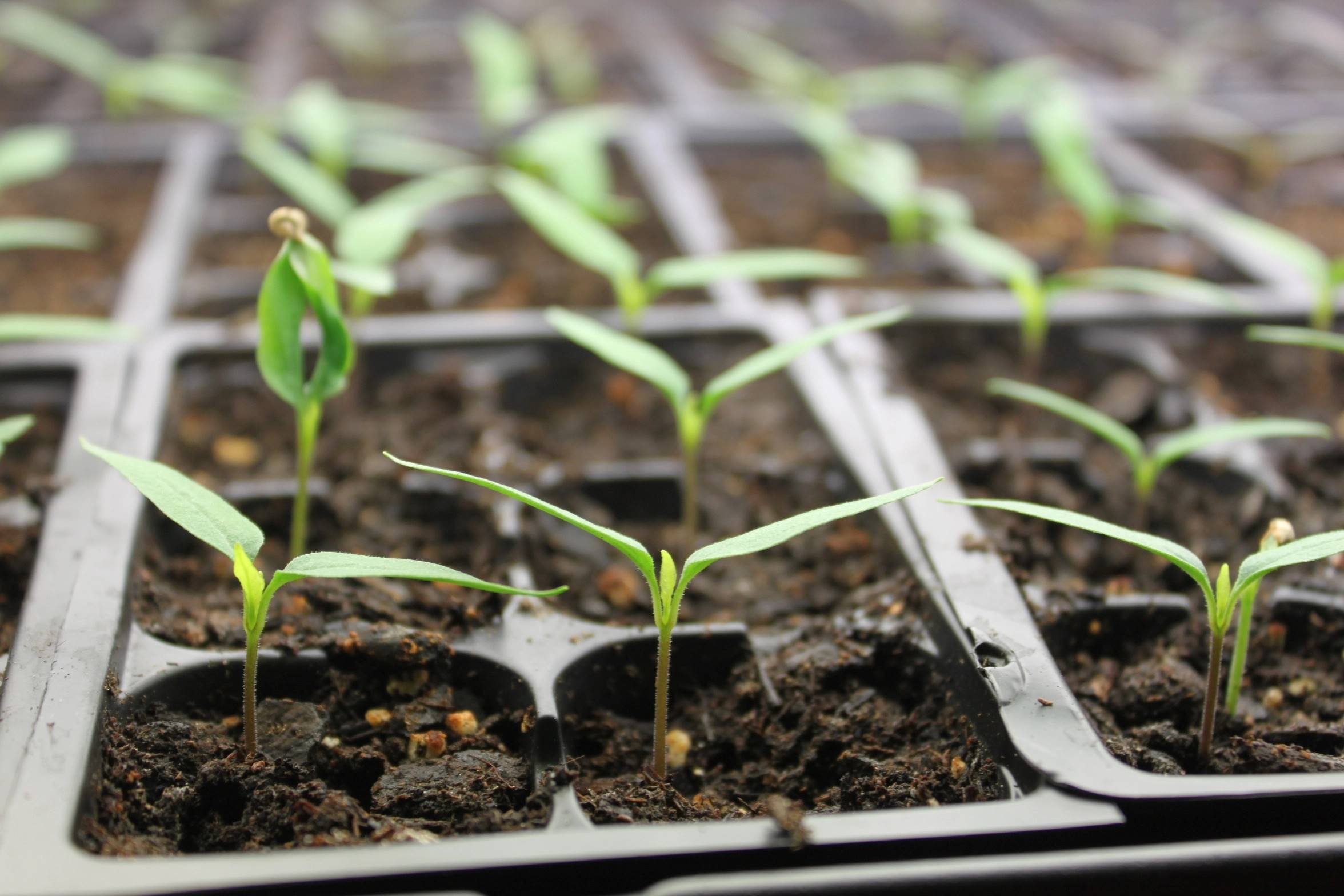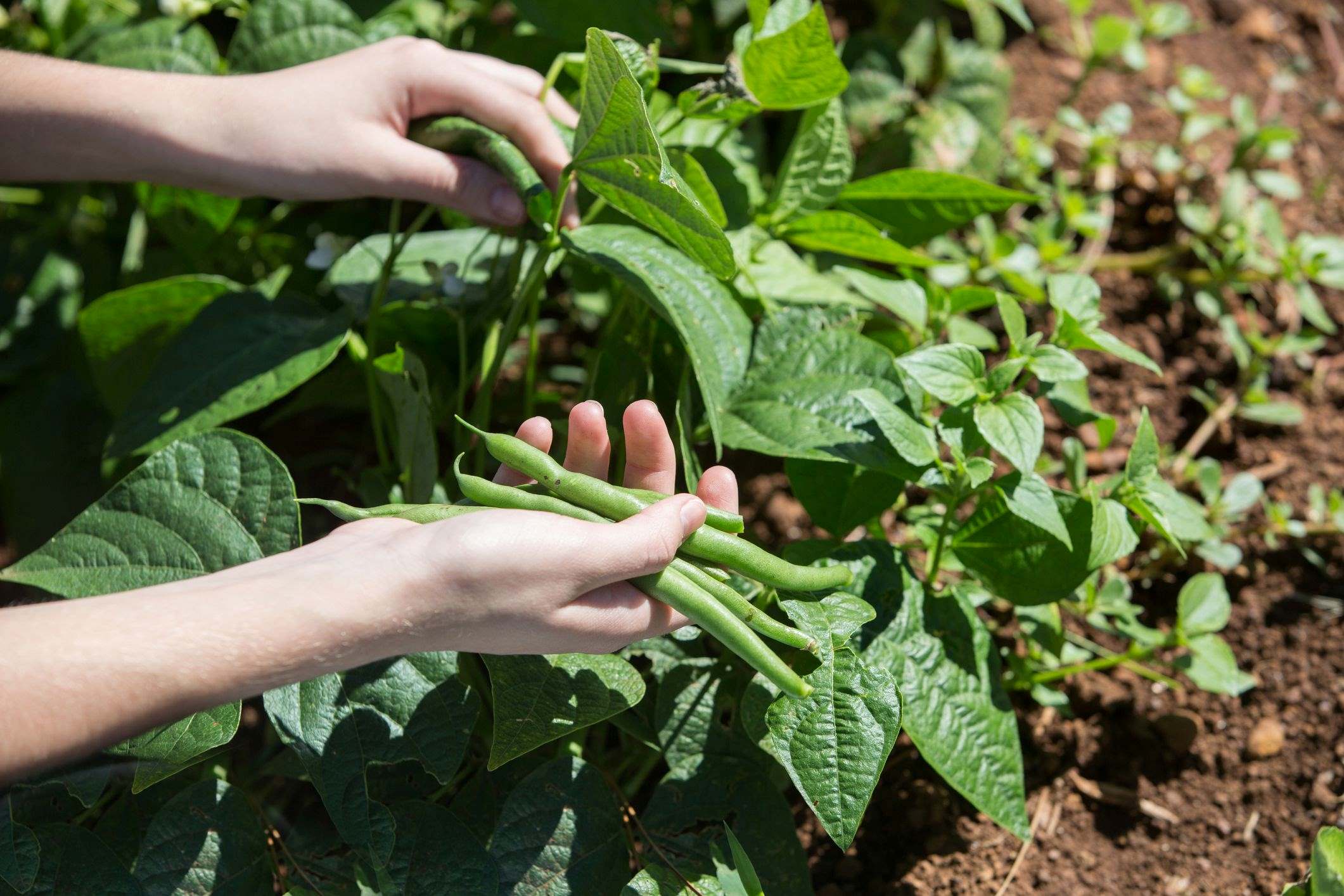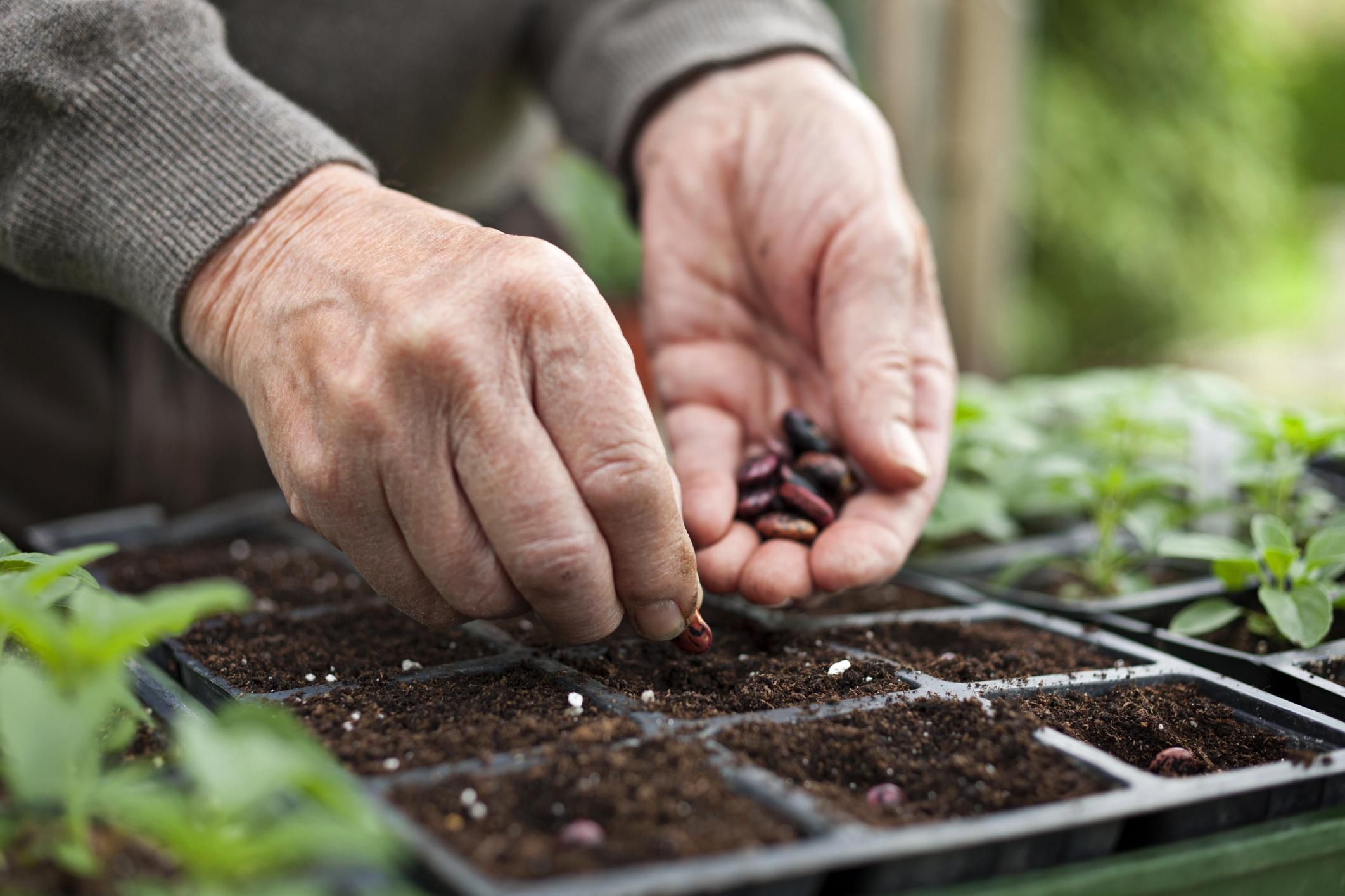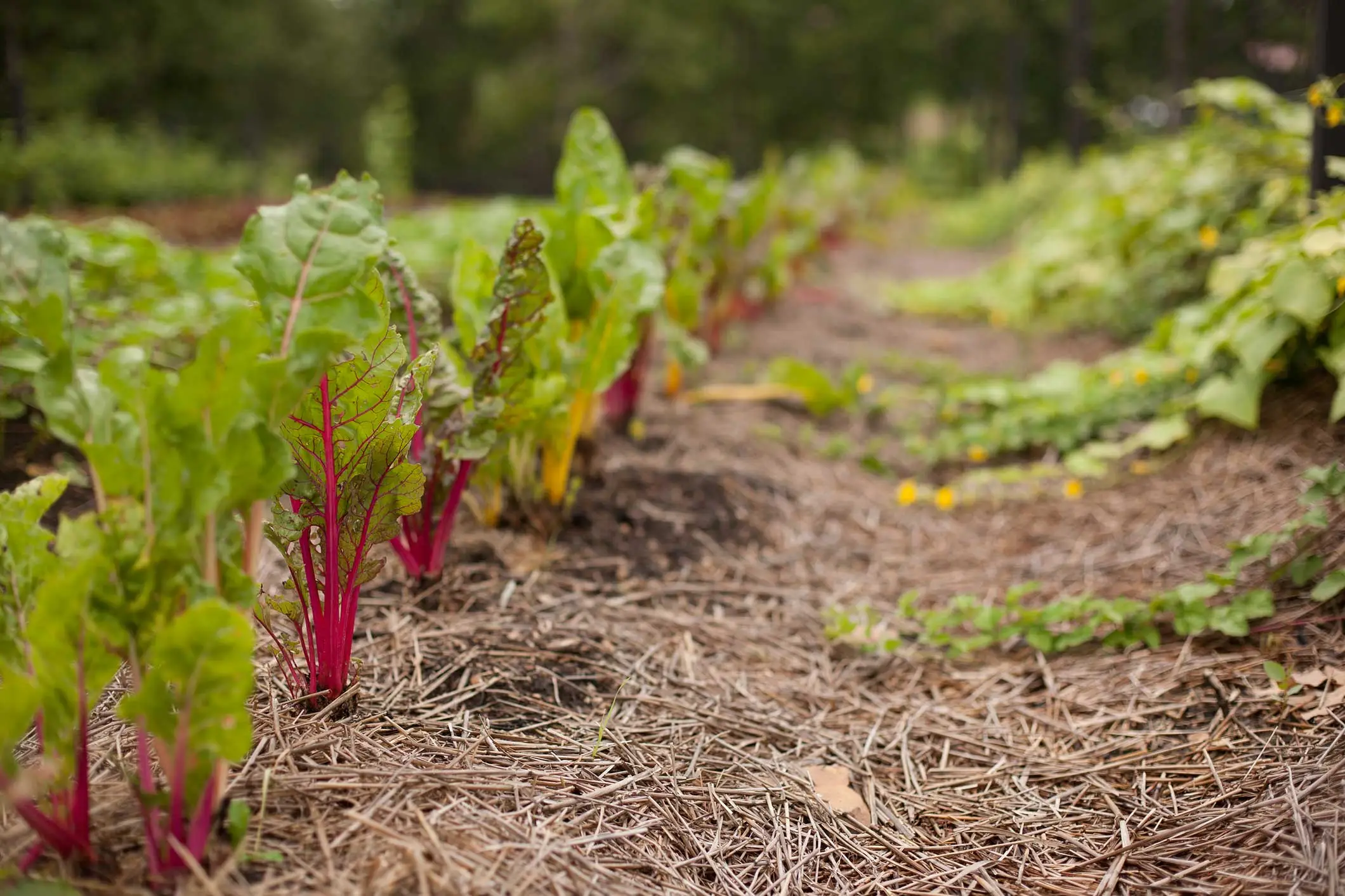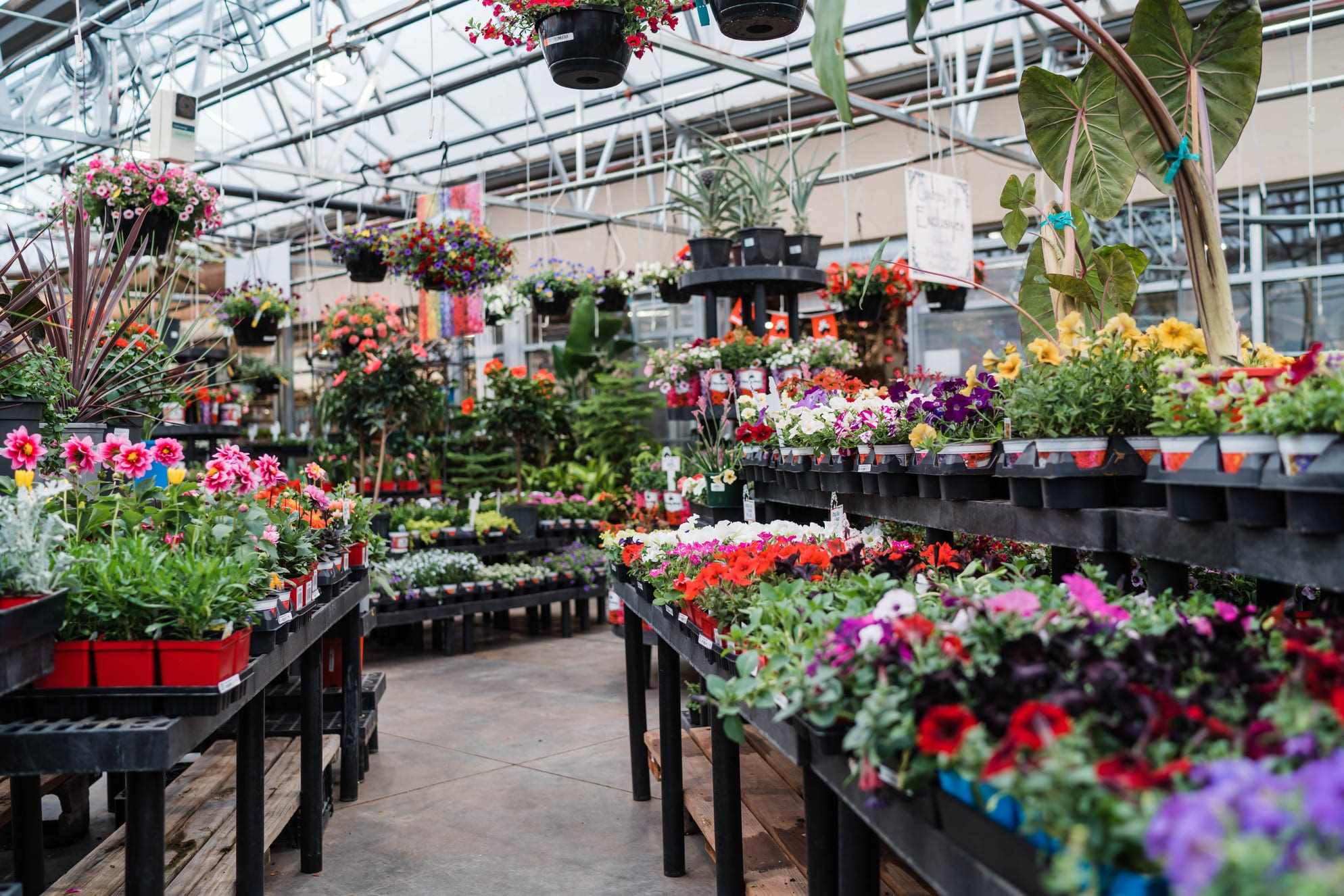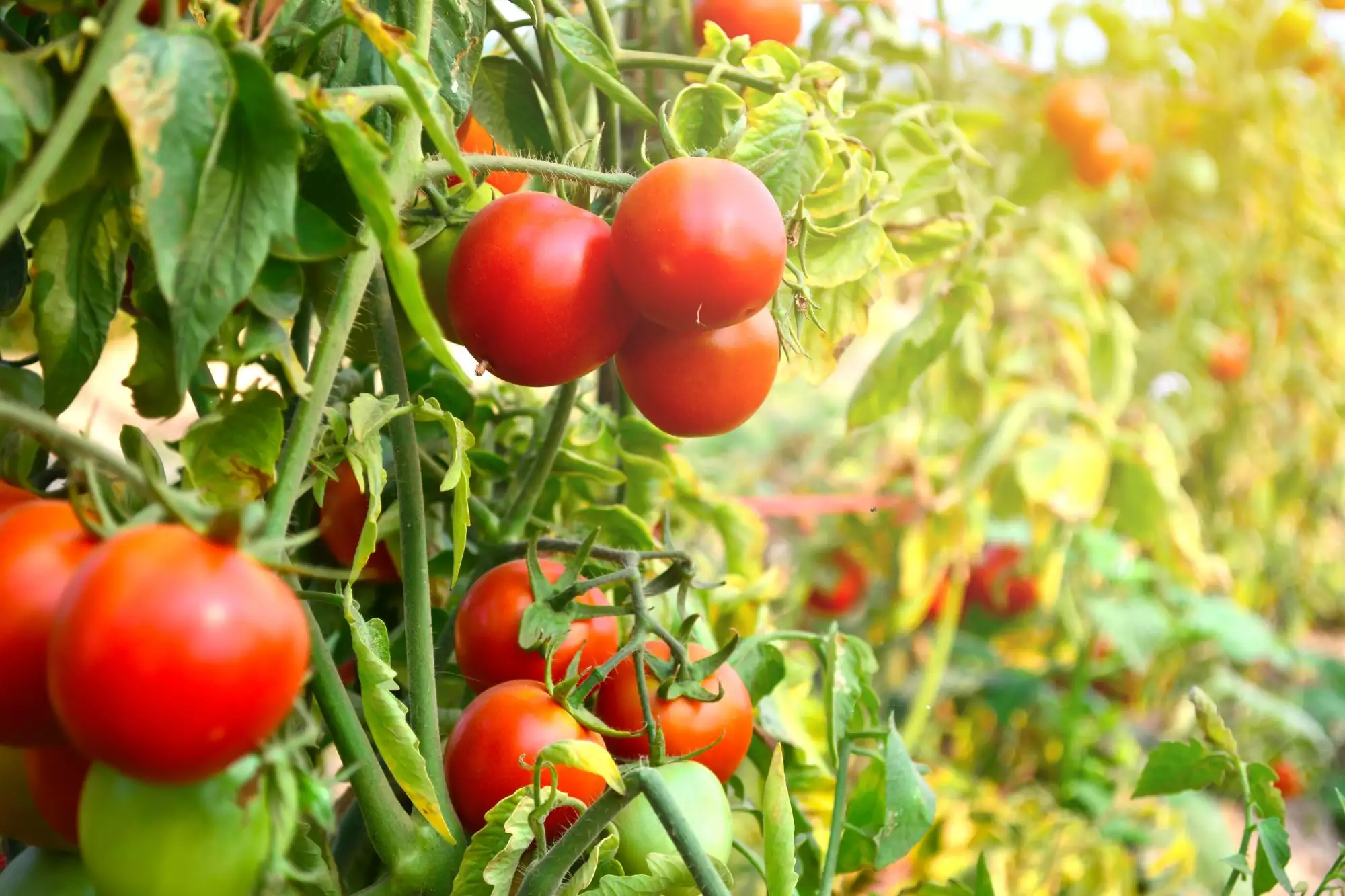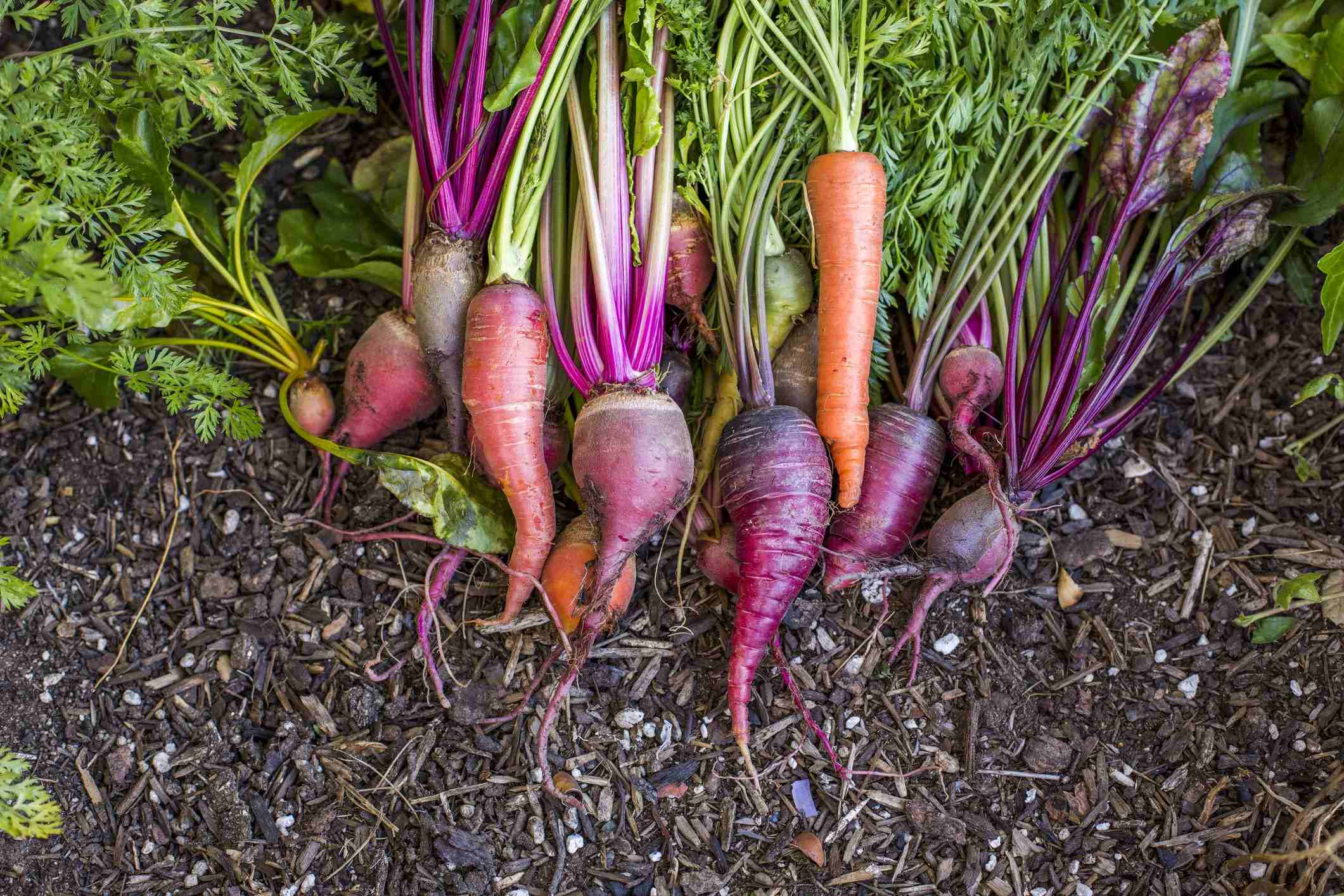Home>Gardening Techniques>Seasonal Gardening>What To Start Planting In March


Seasonal Gardening
What To Start Planting In March
Modified: January 22, 2024
Maximize your garden's potential with seasonal gardening. Discover what to start planting in March for a bountiful harvest.
(Many of the links in this article redirect to a specific reviewed product. Your purchase of these products through affiliate links helps to generate commission for Chicagolandgardening.com, at no extra cost. Learn more)
Table of Contents
Introduction
Welcome to the wonderful world of March gardening! As winter begins to wane and spring starts to emerge, it’s the perfect time to get back into the garden and start planting. March is a crucial month for gardeners as it sets the stage for the rest of the growing season. With the right planning and some early preparation, you can have a bountiful and beautiful garden throughout the year.
March marks the transition between winter and spring, bringing longer and warmer days that rejuvenate both plants and gardeners alike. It’s a time of anticipation and excitement as we witness the first signs of new growth and vibrant colors. Whether you have a small backyard garden, a balcony garden, or a sprawling landscape, there are plenty of opportunities to get your hands dirty and start planting.
In this article, we will explore the various vegetables, flowers, shrubs, and trees that thrive when planted in March. We’ll also share some invaluable tips to ensure your March planting endeavors are successful. So, grab your gardening gloves and let’s dive into the world of early spring gardening!
Early Spring Vegetables
March is the perfect time to start planting a variety of delicious and nutritious vegetables in your garden. These early spring vegetables thrive in cooler temperatures and can tolerate a light frost, making them ideal for planting as soon as the soil is workable. Here are some popular options to consider:
- Leafy Greens: Vegetables like lettuce, spinach, and kale are excellent choices for early spring planting. They can be sown directly into the ground or started indoors and transplanted later. These greens thrive in cool weather and provide a fresh and healthy addition to your salads and meals.
- Radishes: Adding a burst of color and crunch to your garden, radishes are fast-growing root vegetables that can be harvested in as little as 3-4 weeks. They prefer cooler temperatures and can be sown directly into the ground. Enjoy them raw in salads or pickled for a zesty treat.
- Peas: March is also the time to sow peas. Sugar snap peas and snow peas are delicious, easy to grow, and can be trellised for vertical gardening. Sow the seeds directly into well-drained soil and watch them climb and produce an abundance of tasty pods.
- Carrots: With their sweet flavor and vibrant colors, carrots are a staple in any spring garden. Start sowing carrot seeds as soon as the soil can be worked. Opt for shorter, early-maturing varieties for faster results.
These are just a few examples of the many vegetables you can start planting in March. It’s important to research the specific growing requirements of each vegetable and provide appropriate care throughout the growing season. Regular watering, proper spacing, and protection against pests and diseases are key to a successful harvest.
Remember that the weather can still be unpredictable in March, so be prepared to provide some form of protection, such as row covers or cloches, to shield your plants from unexpected temperature drops or late frosts. With a little planning and diligence, you can enjoy an abundance of fresh and healthy vegetables from your early spring garden.
Flowers to Plant in March
March is a time of new beginnings, and what better way to embrace the arrival of spring than by planting a variety of beautiful flowers in your garden? From vibrant blooms to delicate petals, there are numerous flowers that thrive when planted in March. Here are a few options to consider:
- Tulips: Tulips are beloved spring flowers that come in a wide array of colors. Planting tulip bulbs in March will ensure a stunning display of blooms in the coming months. Choose a sunny spot with well-draining soil and plant the bulbs according to the package instructions.
- Daffodils: Daffodils bring cheer to any garden with their bright yellow and white flowers. These hardy bulbs can be planted in March and will bloom in spring, providing a burst of color to your landscape. Plant them in clusters or mixed with other spring-flowering bulbs.
- Pansies: Pansies are known for their vibrant, “happy-face” flowers that can withstand colder temperatures. Available in a multitude of colors, pansies can be planted in March to add a splash of color to your garden beds or containers. They will continue to bloom until the summer heat arrives.
- Primroses: Primroses are early bloomers that offer a tapestry of colors, ranging from pastels to vibrant hues. These versatile plants can be planted in both shade and sun, making them a great choice for any garden. Plant them in well-draining soil and watch them brighten up your landscape.
These are just a few examples of the many flowers you can plant in March. Before planting, consider the specific growing needs of each flower, such as sunlight requirements, soil preferences, and watering needs. It’s also essential to prepare the soil by removing any weeds or debris and adding compost or organic matter for better drainage and nutrient retention.
March planting provides the advantage of allowing flowers to establish their roots before the warmer months arrive. This gives them a better chance to develop a strong foundation and grow into healthy, vibrant plants. Additionally, the cooler temperatures of early spring can help extend the blooming period, allowing you to enjoy your flowers for a longer time.
So, add some color and fragrance to your garden by planting these delightful flowers in March. They will bring joy and beauty to your outdoor space and create a welcoming environment for pollinators and other beneficial insects.
Shrubs and Trees for March Planting
March is an opportune time to introduce new shrubs and trees to your garden and enhance its overall beauty and structure. Whether you are looking to add visual interest, create a privacy screen, or attract wildlife, planting shrubs and trees in March can set them up for success. Here are a few options to consider:
- Lilac Shrubs: Known for their fragrant flowers and vibrant colors, lilac shrubs are a great addition to any garden. Plant them in a sunny location with well-draining soil and enjoy their stunning blooms from late spring to early summer.
- Forsythia Shrubs: Forsythia shrubs are prized for their vibrant yellow flowers that signal the arrival of spring. These hardy shrubs can tolerate a range of soil conditions and require minimal maintenance. Plant them in a sunny spot to brighten up your landscape.
- Hydrangea Shrubs: Hydrangeas are popular for their stunning, large blooms and their ability to thrive in a variety of climates. Choose the appropriate hydrangea variety for your region, considering the amount of sunlight and soil type. March is an excellent time to plant these shrubs and enjoy their beautiful blooms later in the season.
- Japanese Maple Trees: If you’re looking to add a touch of elegance and beauty to your landscape, consider planting a Japanese maple tree. These ornamental trees offer stunning foliage in shades of red, orange, and green. Plant them in a location with partial shade and well-drained soil for best results.
- Crabapple Trees: Crabapple trees not only provide beautiful blossoms in spring, but they also offer fruits that attract birds to your garden. They come in a range of sizes and colors and can be planted as a centerpiece or used to line your property for added privacy and beauty.
Before planting shrubs and trees in March, make sure to prepare the soil by removing any weeds or grass and adding organic matter to improve its fertility and drainage. Water the plants thoroughly after planting, and continue to provide regular watering throughout their establishment period.
When selecting shrubs and trees, consider the mature size, growth habits, and specific growing requirements of each plant. It’s important to ensure they have enough space to grow and thrive without overcrowding other plants or structures in your garden.
March planting allows shrubs and trees to establish their root systems before the hot summer months. This gives them a better chance of survival and enhances their growth and overall health. With proper care and maintenance, these plants will become a long-lasting and impactful addition to your garden.
Tips for Successful March Planting
March is an exciting time for gardeners, as it offers a fresh start and the opportunity to create a thriving garden. To ensure successful planting, here are some essential tips to consider:
- Prepare the soil: Before planting, prepare the soil by removing weeds, rocks, and debris. Loosen the soil and amend it with compost or organic matter to improve its fertility and drainage.
- Check the frost dates: While March signifies the arrival of spring, it’s still important to be mindful of the potential for frost. Check the frost dates for your region and protect vulnerable plants with row covers or cloches if needed.
- Choose the right plants: Select plants that are suitable for your climate and growing conditions. Consider factors such as sunlight requirements, soil type, and water needs to ensure optimal growth and success.
- Water regularly: Adequate watering is crucial for the establishment of newly planted vegetation. Water deeply and consistently, ensuring the roots receive ample moisture. Monitor the soil moisture levels regularly and adjust watering accordingly.
- Provide shade and wind protection: March can bring varying weather conditions, including strong winds and intense sunlight. Protect tender plants from harsh elements by providing shade cloth or windbreaks until they become more established.
- Mulch: Apply a layer of organic mulch around newly planted flowers, vegetables, shrubs, and trees to help retain moisture, prevent weed growth, and regulate soil temperature.
- Prune and trim: March is an excellent time to prune and trim existing shrubs and trees to promote healthy growth and shape. Remove any dead or damaged branches and thin out overcrowded areas to improve airflow.
- Monitor pests and diseases: Keep a close eye on your plants for any signs of pests or diseases. Early detection allows for better intervention and prevents further damage. Use organic pest control methods whenever possible.
Remember to also consult local gardening resources, such as cooperative extension offices or experienced gardeners in your area, for specific advice tailored to your region and climate. They can provide invaluable recommendations and insights based on their knowledge and experience.
By following these tips, you can set yourself up for a successful March planting season and a flourishing garden throughout the year. Happy gardening!
Conclusion
March is a time of renewal and growth in the gardening world. As the winter months subside and spring takes hold, it’s the perfect opportunity to start planting and shaping your garden for the season ahead. From early spring vegetables to vibrant flowers, and from shrubs to trees, there is a wide range of plants that thrive when planted in March.
By taking advantage of this transition period, you can establish a strong foundation for a bountiful and beautiful garden. Remember to prepare the soil, choose the right plants for your climate, water regularly, and provide necessary protection from the elements. And don’t forget to monitor for pests and diseases to ensure the health and vitality of your garden.
Whether you have a small balcony garden or a vast outdoor landscape, March planting offers endless possibilities for creating a space that brings joy and beauty to your life. The early spring vegetables will provide fresh and nutritious harvests, the flowers will add color and fragrance to your surroundings, and the shrubs and trees will create structure and enhance the overall aesthetic appeal of your garden.
So, grab your gardening tools, put on your gloves, and begin your March planting adventure. Embrace the rhythm of nature, connect with the earth, and enjoy the rewards of your efforts as your garden flourishes and transforms with each passing season. Happy gardening!

